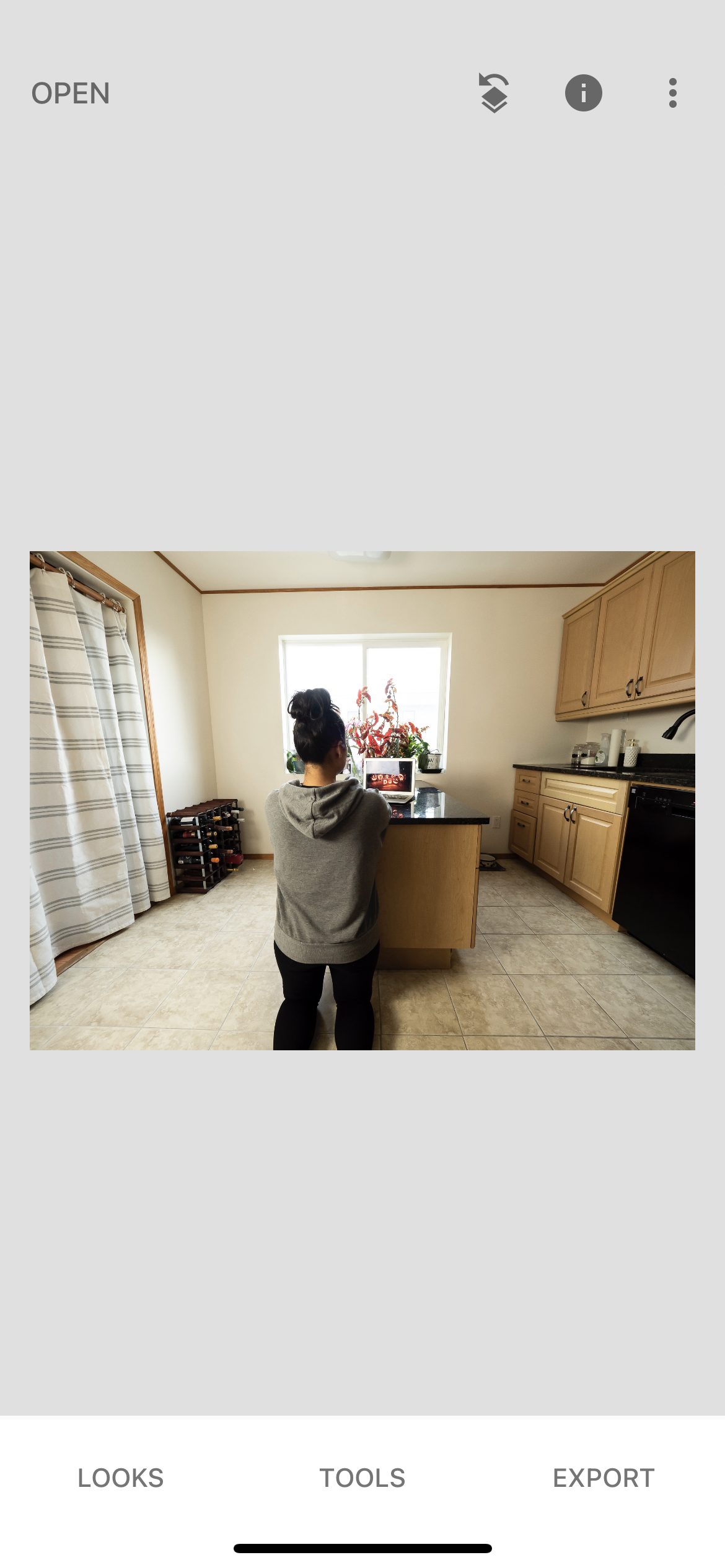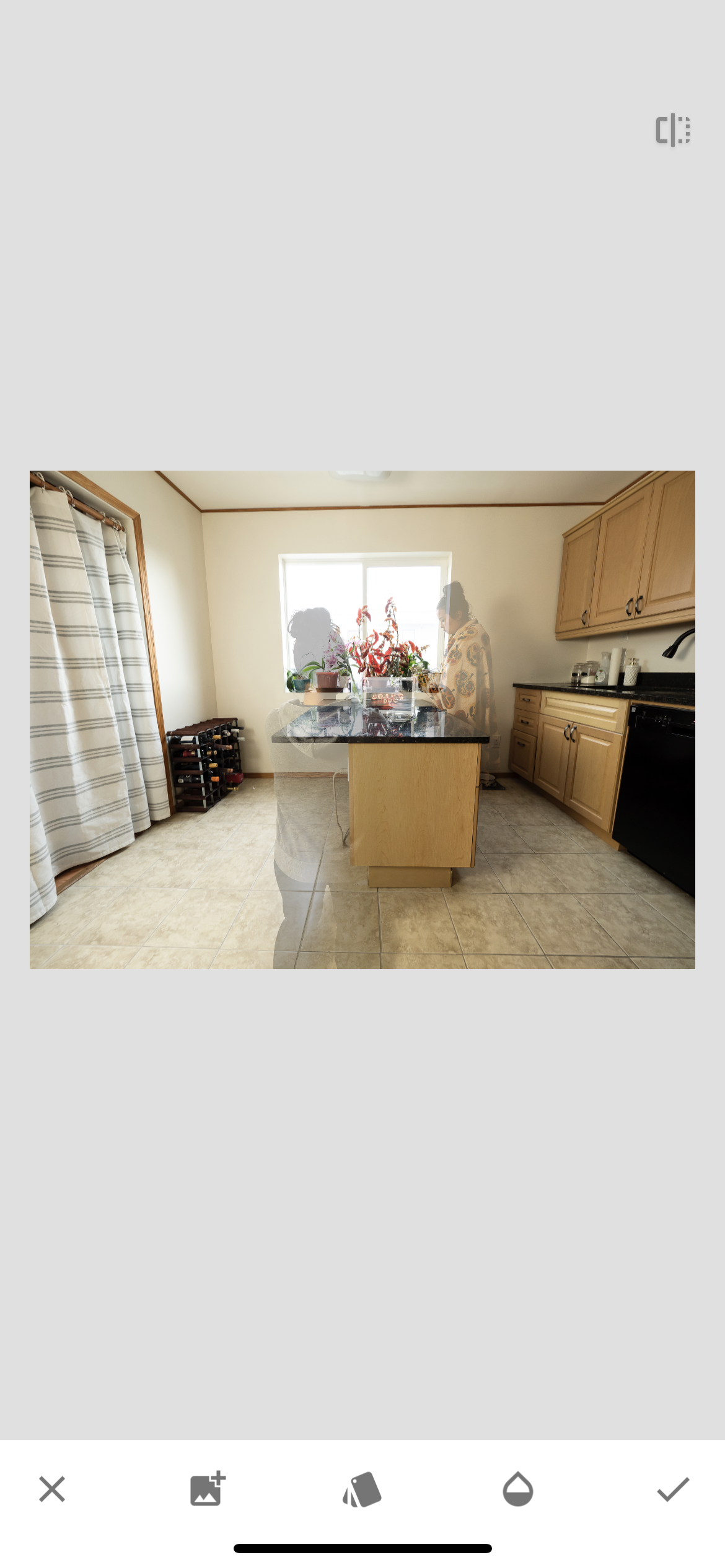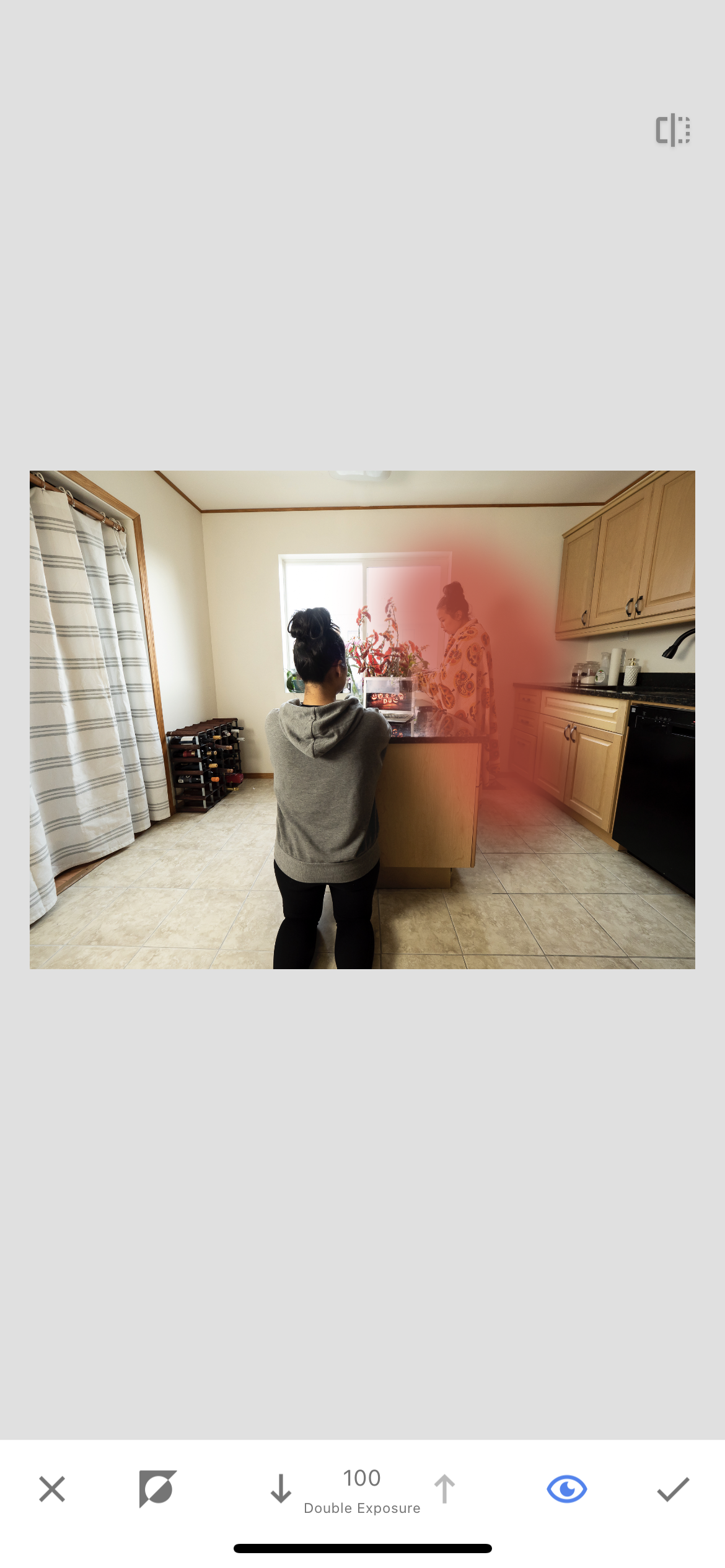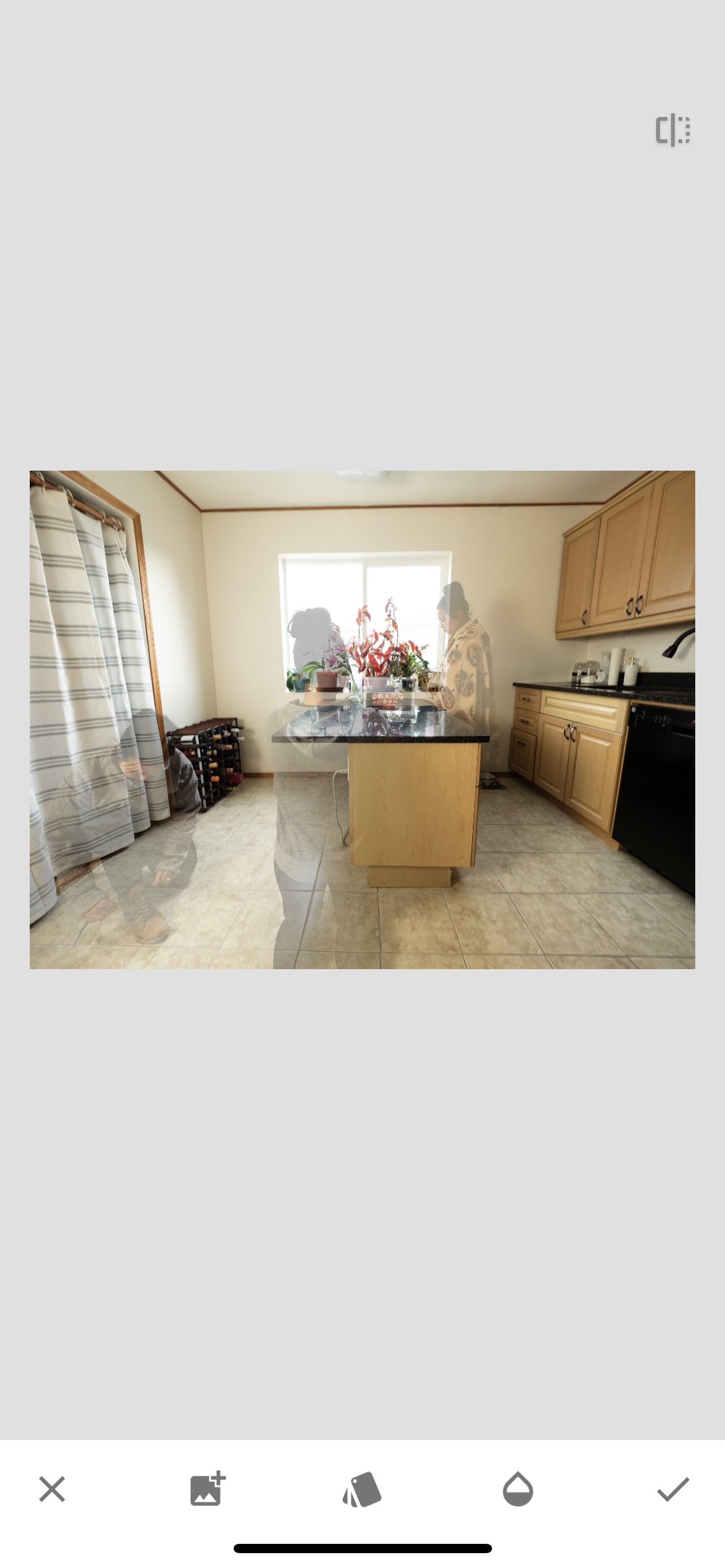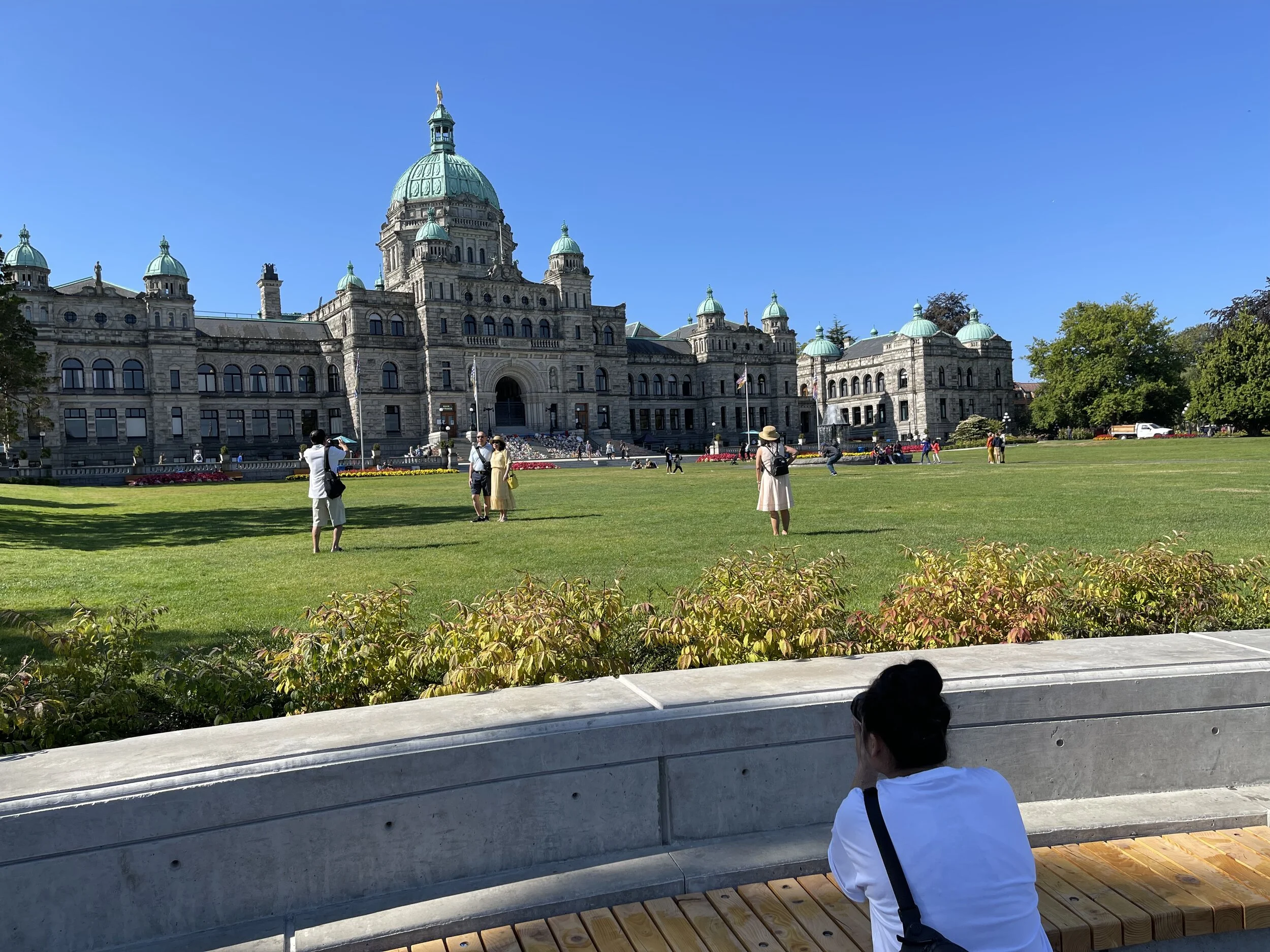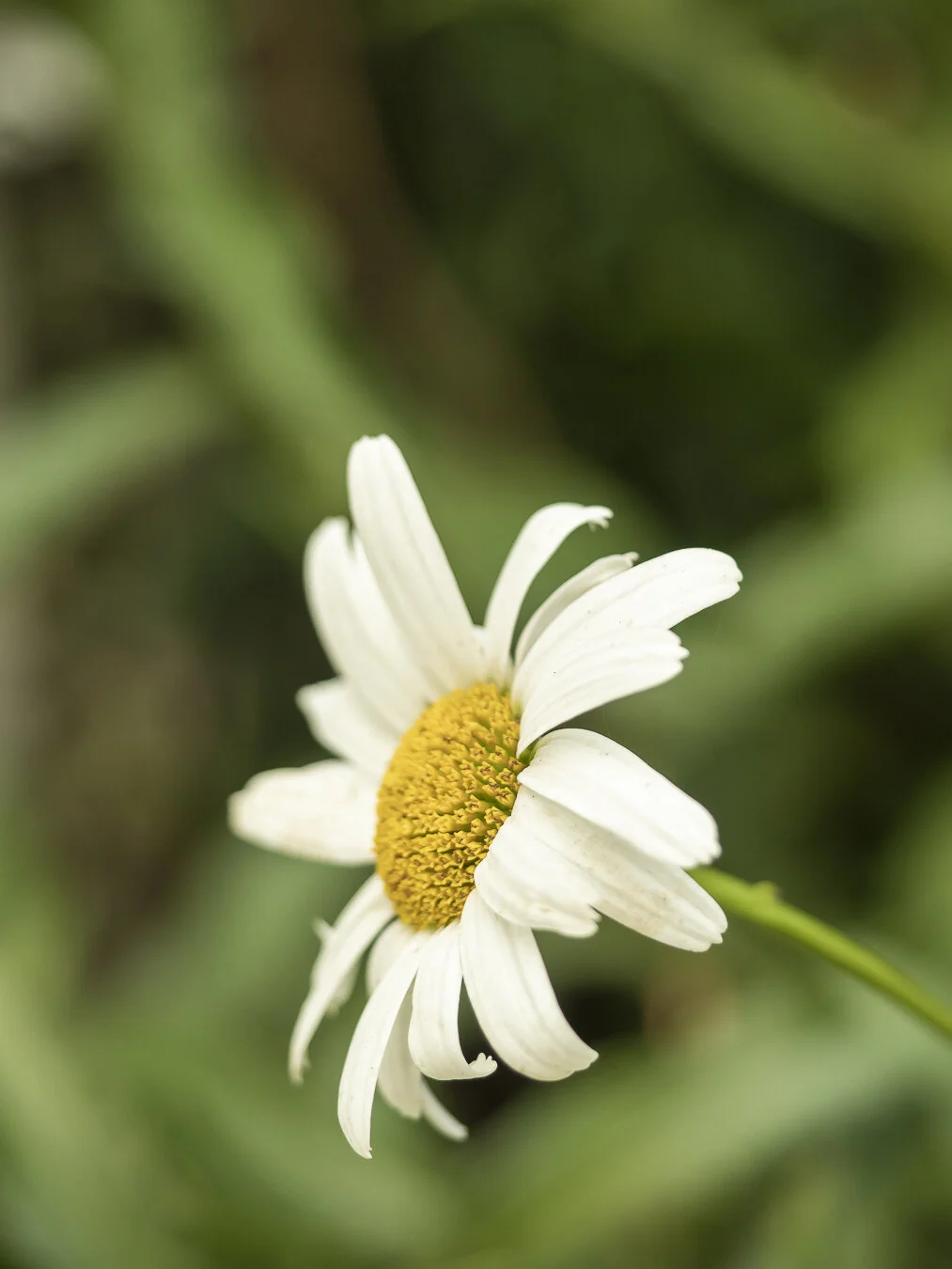GEAR
Use Water-Resistant/Waterproof Gear
While we were on our whale watching tour it rained. Thus, I suggest either have a waterproof/water-resistant camera bag to keep your contents dry or have a cover for your bag. I was using the Peak Design Everyday Sling 6L, it has a nice durable shell and ultra-zips that keeps the inside dry.
The second weatherproof item I suggest having is your camera gear in general. The great thing about Olympus camera’s and lenses is that they are splash proof, dust proof, and freeze proof so when it was raining while on the boat I wasn’t worried about my gear while using it because I knew it could handle the weather! If your camera doesn’t have great weather sealing then I suggest bringing a cover for your camera system.
The last item is your clothes. I suggest if you’re visiting a west-coast city that rains a lot to dress in layers and bring a rain jacket. Alternatively, if you don’t mind getting wet and you don’t have a camera cover then you can use your rain jacket.
Keep In Mind the Boat You Are On
When we booked our tour we booked a Catamaran so I wasn’t worried about ocean water because we were sitting higher on the water. However, many whale watching tours take you out on a zodiac which of course is a little sketchier with the salt water. So you might find the type of boat you are on will change the camera gear and the accessories you bring.
Pack Light
This of course is based on personal preference but I suggest you pack light. If you’re on a catamaran you’re sharing the boat with 50 to 100 people sometimes and if you’re on a Zodiac it’s even smaller and tighter in space. You also want the freedom to maneuver on the boat without being in the way of other people and their experience so I suggest packing light because I feel lugging around a huge camera backpack will just get in the way.
On this tour all I brought with me was my Olympus M.Zuiko 40-150mm F2.8 PRO lens, the MC-20 Converter, the M.Zuiko 12-40mm F2.8 PRO, an extra battery and SD card. Realistically, all I ended up using was the M.Zuiko 40-150mm F2.8 PRO and MC-20 Converter. There was one point on the tour that I could have switched to using the M.Zuiko 12-40mm F2.8 PRO for some landscape photos but I opted not to.
Have Lots of Memory (and then more)
I was really worried the night before our tour that I didn’t have enough memory. Before the trip I cleared two memory cards so I had room to take approx. 6000 photos. Before the tour I had room for 4000 on one memory card and then I had a secondary memory card with room for around 1500 just in case.
I didn’t want to run out of room like I did in Vancouver and I had to delete on the go.
Our whale watching tour was about 4 hours in length, I was photographing majority of the time and I took approx. 2000 photos.
Bring an Extra Battery
I knew from my time photographing Eagles in the Thompson Okanagan that my battery tends to run out faster when I’m using Sequential High a lot. Thus, I made sure that I had two fully charged batteries when I got on the boat. The whole trip took one battery and if we did a sunset tour the same day I would have required the second.
Bring a Pair of Binoculars
If you are going with friends or family then I suggest bringing them a pair of binoculars! I wish I had brought a pair of binoculars for my husband because the whales are pretty far away.
I don’t think you need to buy something very expensive (I know binoculars can get pretty expensive) but something would be nice to have for the people joining you.
Using the MC-20 Converter
This whale watching tour was the first opportunity I had a good chance to use the converter. I had taken it out before briefly to photograph the Eagles back at home but not to this extent.
I was a little nervous about auto-focus, my settings, the range of the M.Zuiko 40-150 and the MC-20 Converter and if it was going to be enough.
It was perfect for me. Auto-focus was great, after some adjusting I settled on the approximate settings of F5.6, ISO 500-600 and a shutter speed around 1/1000.
As for range, I like having a lot of the environment, the landscape in my wildlife photos. Capturing more of a “is it a wildlife photo or a landscape photo”. However, if you want a lens that can photograph every scratch on an Orca’s body or every barnacle on the Humpback Whale then you might want to consider a different lens that will provide that reach.
For reference below are some photos that I took on the tour, keep in mind they are post-processed.


















































